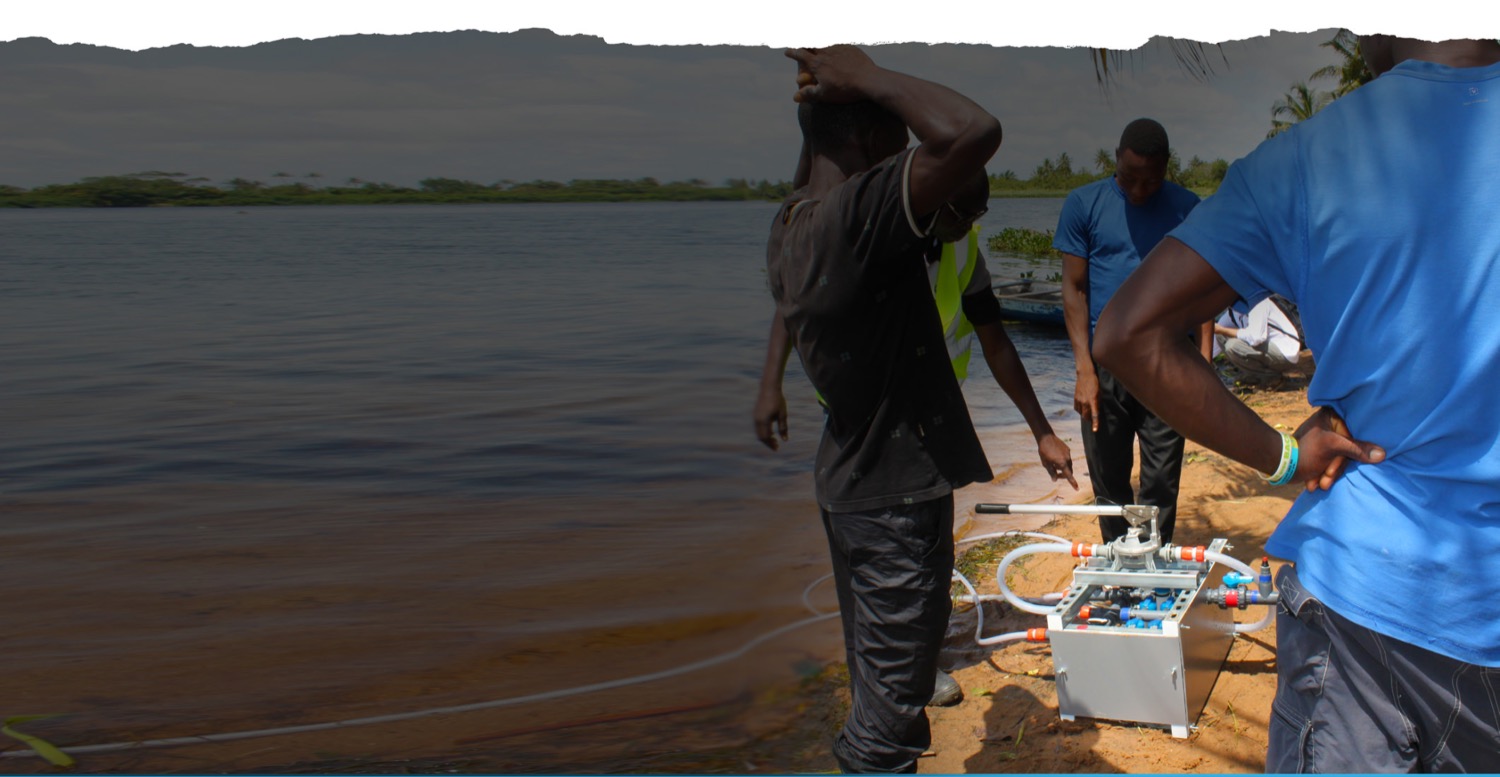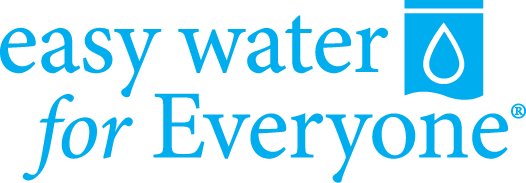
The NUF500: inspired by our body's own purification process.
Wondering how sources containing dangerous pathogens like bacteria, protozoa, and viruses can be collected and processed into safe drinkable water? The NUF500 utilizes repurposed, sanitized dialysis filters composed of polysulfone fibers — the same technologies used to remove impurities from the bodies of those suffering from kidney disease.




























How it Works
Our system’s mechanics are fairly straightforward. Contaminated water is forced through the filter either by hand pump or through a gravity feed system, producing approximately 126 gallons of purified water per hour.
18 kg
Device Total weight (Approx 40lbs)
8 filters
Repurposed, sterilized hemodialysis filters
8 liters
Pure water production per minute / device pumped manually.
Functioning parts: pump handle
Passive parts: 8 repurposed, sterilized hemodialysis filters and a pump diaphragm
Filtered substances: all components larger than 0.003 microns: suspended solids, bacteria, viruses (at 6-7 LOG rejection rate); organic matter bigger than 0.003 microns.
Pure water production/hour/device pumped manually: 8 liters/minute. Gravity-driven systems produce about half that rate.
Current efforts
We have formulated a number of research projects to collect and examine data from the community and healthcare facilities at various levels before and after the implementation of the NUF500. We've also developed case report forms that are being used by community workers and clinical research coordinators for data collection in the studied communities and the respective healthcare facilities.
To assess for effect modifiers and factors modulating the relationship between provision of clean water and health outcomes, we collect additional data such as the demographics of households, household size, and presence of sanitation facilities, etc. We also collect data on the use of electrolyte replacement packages at the village level and referrals to local healthcare facilities (including primary, secondary, and tertiary level facilities) to confirm trends we might see in our community data.








